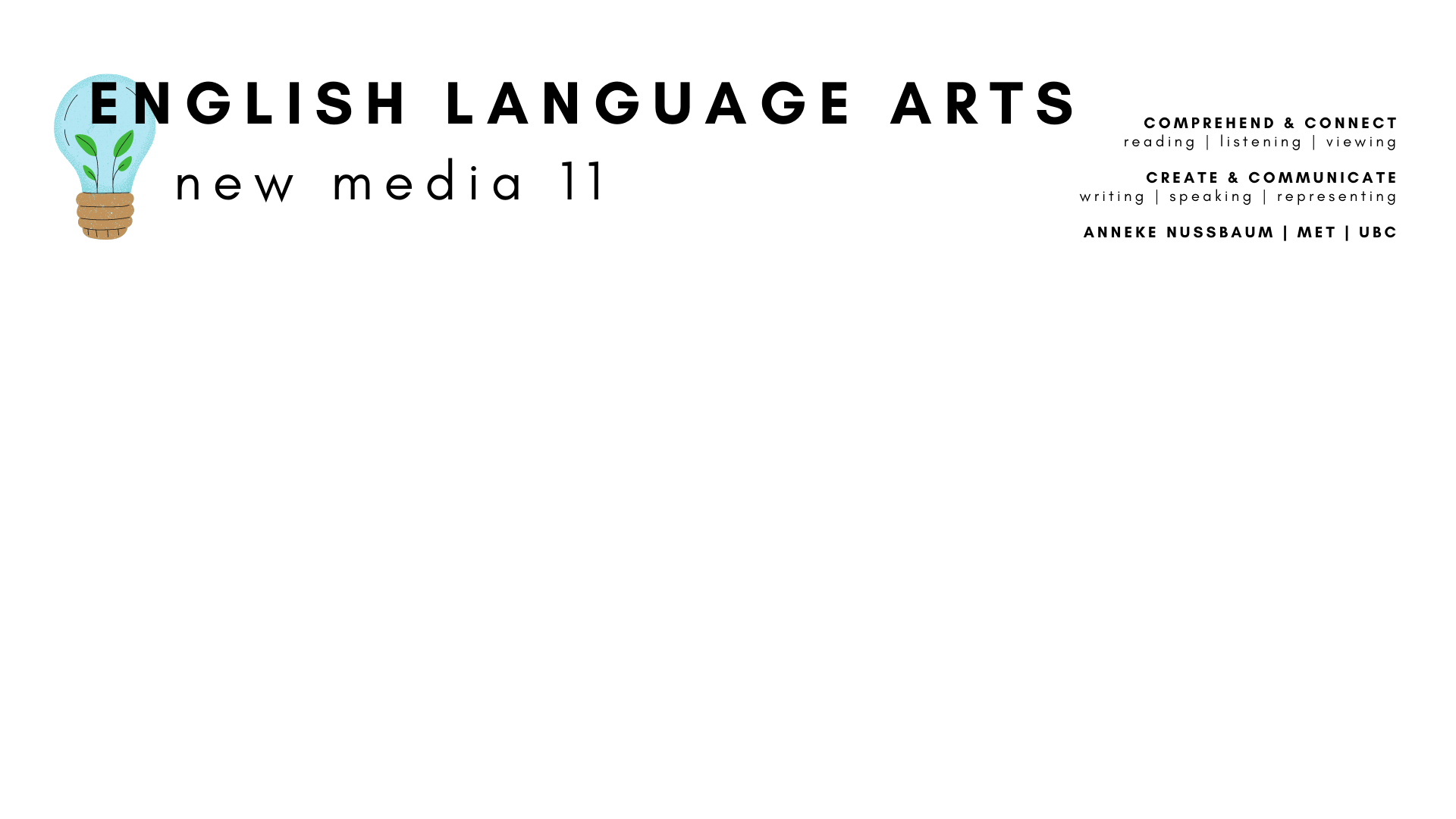Module 1 | Lesson 1 | Lesson 2 | Lesson 3 | Lesson 4 | Lesson 5 | Lesson 6 | Lesson 7
Lesson 7
Personal Narrative & Memoir Writing
The Stranger in the Photo is . . . You?
Personal Narrative & Memoir Writing
Is the Stranger in the Photo . . . You?
Taking our Childhood Perspective Journaling and Photograph Show & Share as springboard pre-writing from Lesson 3 of Module 1, we will extend to a Personal Narrative or Memoir of our own.
1. Pre-Writing
Re-examine the model memoirs to see the various ways in which you can approach your text:
- Think about the theme each of these authors explore through their memoirs
- Podcast like David A. Roberson’s (2021) Kiwew: Episode 1: Effie
- Article or Personal Narrative Essay like Donald Murray’s (1991) The Stranger in the Photo is Me
- Letter to your past self (or video letter) like Ivan Coyote’s (2012) Dear Younger Self
- Interactive Narrative (or audio-narrative) like Everest Pipkin’s (2020) Shell Song
Use your childhood photograph from earlier in the module to shape your text:
- Refer back to the journaling you completed at the beginning of the module
- Use details, memories, perceptions, and ideas that can be gathered up then arranged with purpose.\
- Where (else) does your photo take you in memory?
- Who were you at that point in time? What were your thoughts, desires, dreams, worries? Are they the same today? Is this persona stranger to you?
- Take your reader beyond the edges of the picture
2. Drafting
Organize Your Ideas as they relate to your chosen form
- Podcast Episode, Article, Letter to past self (or video letter), Interactive Narrative
- Each of these forms hold their own structure, but all have a beginning – middle – end
- while the final products are different, each begins with prewriting and drafting
- A good app to map out your ideas, especially if you are making an interactive text: MIRO
- Below is a list of ideas to help you think about ways to organize your ideas, but is not a mandatory list of content
Beginning – Introduction Ideas: you could describe . . .
- how you feel about memories and/or photographs
- the context of the photograph
- how you feel about the person/people in the photograph
Middle – Body Ideas: you could examine. . .
- the significance of the photograph (situation, people, impact on you, etc.)
- how you feel about that memory now
- advice for your younger self
- your child perspective versus your present perspective
- how your view of the world has or has not changed
End – Conclusion Ideas: you could reflect on. . .
- advice for your past self
- whether or not the person in the photo is a stranger to you
- how your view of the world has or has not changed
3. Revising
- Read through your work out loud
- Add, remove, or rearrange sentences, words, paragraphs
- Ask yourself:
- does it make sense?
- would someone who was not present in this memory understand it?
- have I developed my message?
- Peer Feedback is a great strategy – find a partner in the class and exchange drafts to help with the revision process
- If you are making an interactive text: check that all of your pathways lead your reader in the direction you want and there are no “dead ends”
4. Editing
- Read through your work again
- This time check for spelling and grammar
- This is another opportunity for peer feedback!
5. Publishing
- Record your Podcast or Video (Powtoon, VideoScribe, Audacity, and more)
- Format your Article or Letter (Word, Google Docs, or check out Book Creator)
- Create your Interactive Narrative (Twine & Twine Tutorial Playlist)
- You do not have to publish your memoir to your blog, but you may if you wish
